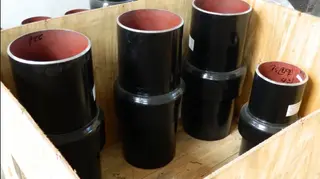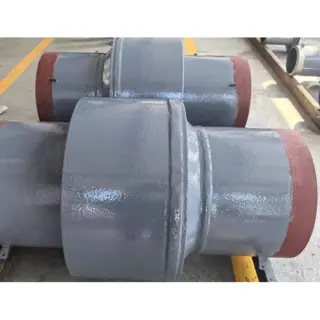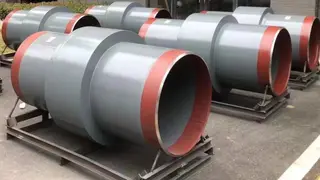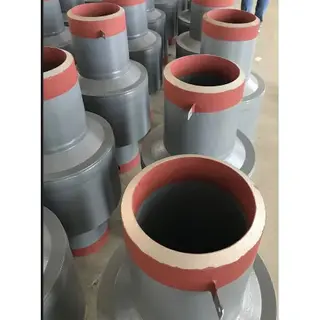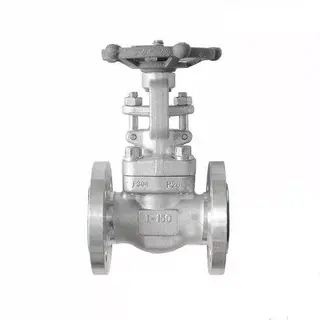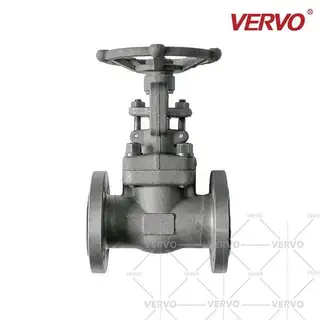Monolithic Insulating Joint, ASME B31.8/B31.4/B31.3, 1-120 IN
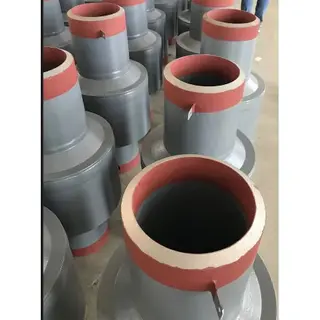
Key Specifications / Features
Our Monolithic Insulating Joint Supplier offers high-quality, customizable solutions for pipeline electrical isolation. The joints are designed to meet ASME B31.8, ASME B31.4/31.3 standards, with sizes ranging from 1 to 120 inches and pressure classes from 150 to 2500 LB. They are suitable for both aboveground and underground installations, providing excellent electrical resistance and insulation capabilities. The joints are constructed from materials like carbon steel, alloy steel, and stainless steel, and are rigorously tested to ensure reliability and durability. Customization options are available to meet specific project requirements.
Detail Information
Product Item: Monolithic Insulating Joint (MIJ), Insulating Joint
Standards: ASME B31.8 or ASME B31.4/31.3
Size: 1-120 Inch
Pressure Classes: Class 150, 200, 300, 400, 600, 900, 1500, 2500 LB
Installation Place: Aboveground or underground
Business Type: Manufacturer
Materials Characteristics of Insulation Flange
Introduction: The insulating joint (Isolating Joint) is a key component in Cathodic Protection (CP) systems. It is primarily used in underground gas transmission and distribution systems, including gas reducing stations, each section of the gas transmission and distribution pipeline, and the sections between gas reducing stations and pipelines. This component increases the lifespan of plants and equipment by reducing or eliminating electrical and chemical corrosion damage.
Specifications
Application: Suitable for oil, city gas, natural gas, LNG, LPG, etc.
Size: 1-120 Inch
Matching pipeline: API 5L Grade B, X42, X52, X60, X65, X70, etc.
Pressure rating: ANSI Class 150, Class 300, Class 600, Class 900, Class 1500, Class 2500 LB
Ambient Temperature: -30°C to 90°C
Working Temperature: -20°C to 120°C
Assembled parts: According to ASTM A694 F52/JB 4726: 16Mn II (pressure grade < 6.4 MPa)
Short tube: Equivalent to that of the pipeline
Insulating material: ASTM D709 G11 or GB 1301.1-1998 high-strength epoxy glass cloth laminated material
Filling material: High-strength epoxy resin
Sealing material: Rubber fluoride
Sealing stickiness: Silicone rubber
Surface anti-corrosion insulating material: Two-component solvent-free epoxy coating, anti-corrosion thermal contraction bushing
Standard Testing of Insulation Flange
Hydrostatic test: 1.5 times MOP (Max. Operating Pressure).
Electrical Resistance: ≥ 20 Mohm @ 1000V DC under dry air at 25°C
Dielectric voltage: ≥ 3.5kV AC 50Hz (1 minute) (Can be 5kV as per request)
Ordering Information:
Please specify the following requirements:
Pipeline diameter, grade of pipe, wall thickness of pipe
ANSI rating
Medium to be transported in the pipeline and temperature of the transported medium
Additional testing required beyond standard testing: X-ray, ultrasonic, magnetic testing, etc.
Service Life of Insulation Flange Joint: Same as that of the pipeline
Applicable Media: Oil, gas, water, chemical raw materials, pulp
Quality Requirements for Insulation Flange Joints:
Insulation strength: 2500V 50Hz 1 minute, no breakdown or arc
Insulation resistance value: DC 1000V resistance value ≥ 6MΩ
Hydraulic test pressure: 1.5 times the design pressure
Airtight test pressure: Equal to the design pressure
Non-destructive testing: According to JB4730-94, all butt joints are tested by 100% ray, and other pressure welds are tested by 100% magnetic particle
Groove: Adopt API 5L standard
